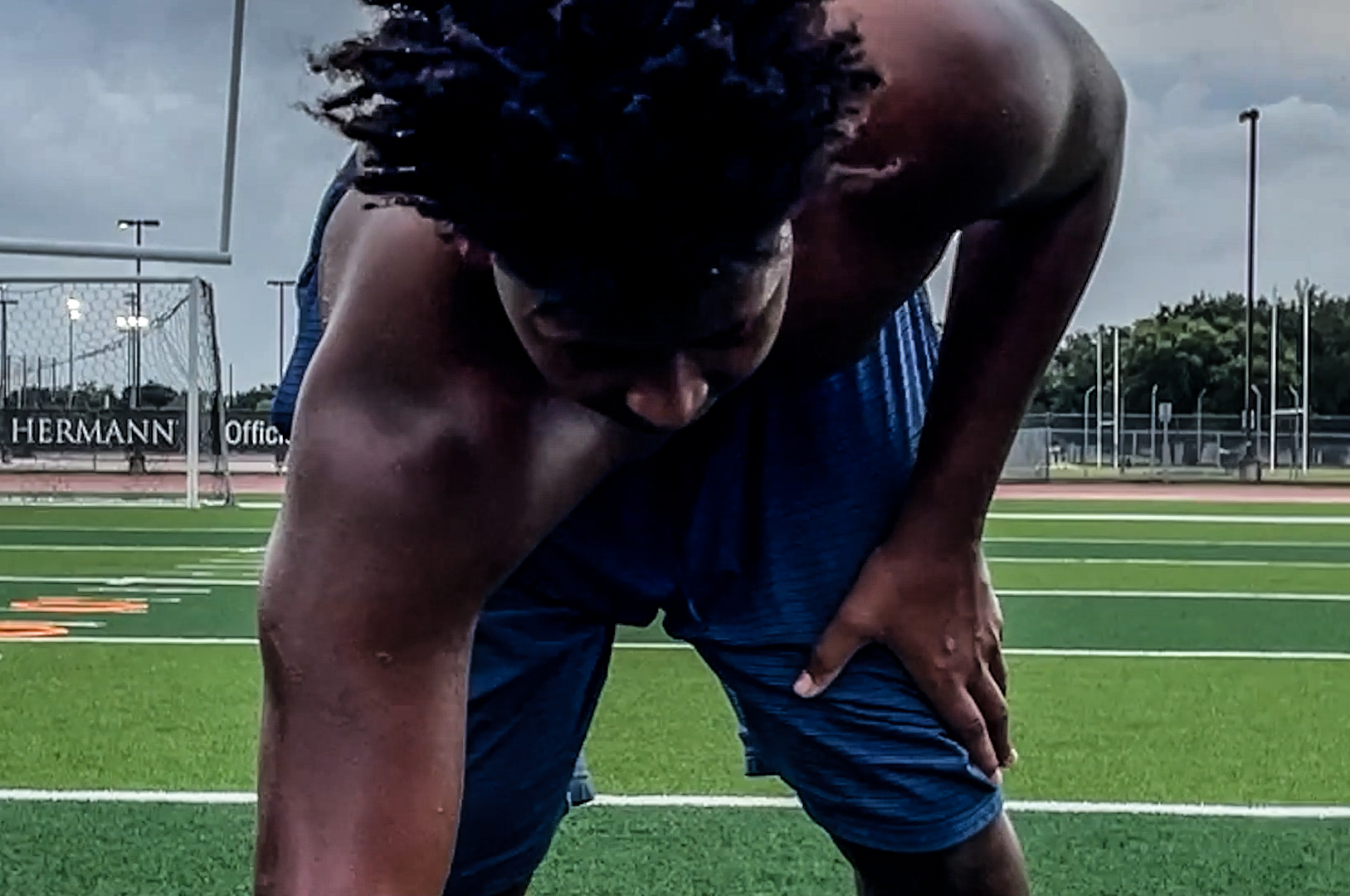The Science of Humidity and Football Performance
Houston ranks among the most humid cities in the U.S., with average relative humidity above 90% in summer months (NOAA data). While many see this as an obstacle, elite defensive linemen use it to their advantage.
Why Humidity Matters for DL Conditioning:
- Increased Sweat Rate: Forces the body to adapt to fluid loss, improving electrolyte retention (per 2019 Journal of Sports Sciences study).
- Cardiovascular Strain: Thick air makes breathing harder, which mimics high-altitude training effects (without leaving sea level).
- Mental Toughness: Players who train in humidity outperform peers in 4th-quarter endurance (NCAA heat-acclimatization studies).
3 Ways Houston DL Athletes Can Leverage Humidity
1. Heat-Adapted Workouts (Proven Methods)
Early AM Practices (5:30-7:30 AM):
- Humidity peaks before sunrise, maximizing adaptation.
- Focus on footwork drills when dew point is highest.
- Controlled Hydration Cycles:
- Drink 20 oz of electrolyte fluid 90 mins before practice.
- Weigh pre/post-session—losing >2% body weight? Adjust hydration.
2. Humidity-Specific Conditioning Drills
“Swamp Sprints”
- 10x 40-yard dashes with 30 sec rest in full pads.
- Why it works: Simulates late-game fatigue vs. no-huddle offenses.
- Tire Flips in Wet Grass
- Adds 45% more resistance than dry conditions (per Texas Coaches Association data).
3. Recovery Protocols for Houston Athletes
Post-Practice:
- 15 mins in cool shade with legs elevated.
- Rehydrate with sodium-rich fluids (pickle juice works).
- Between Sessions:
- Wear compression sleeves to improve circulation in muggy weather.

